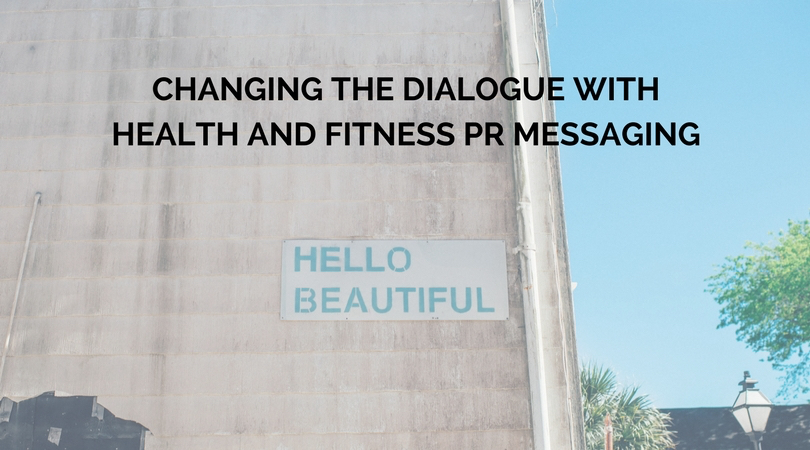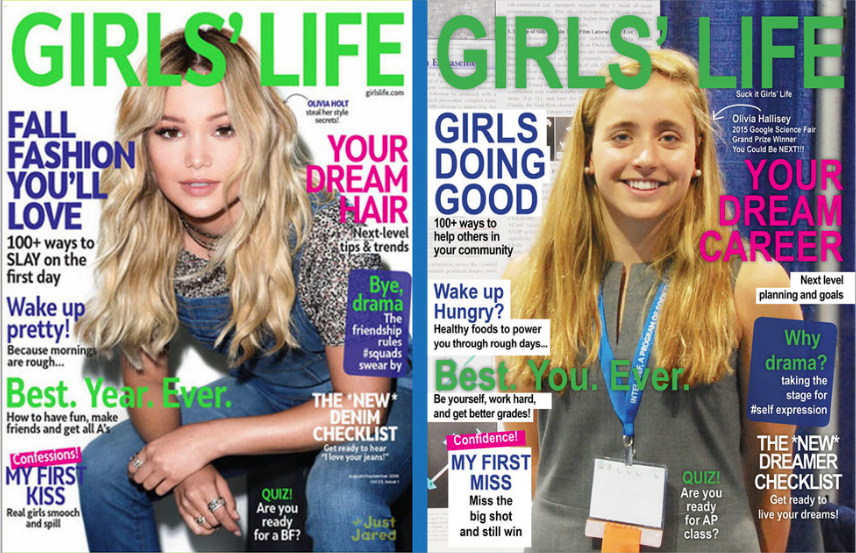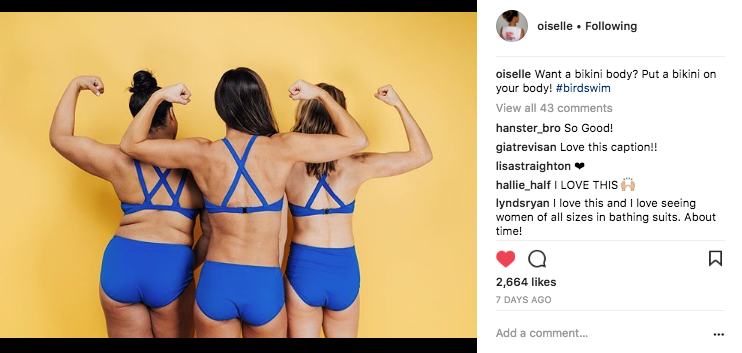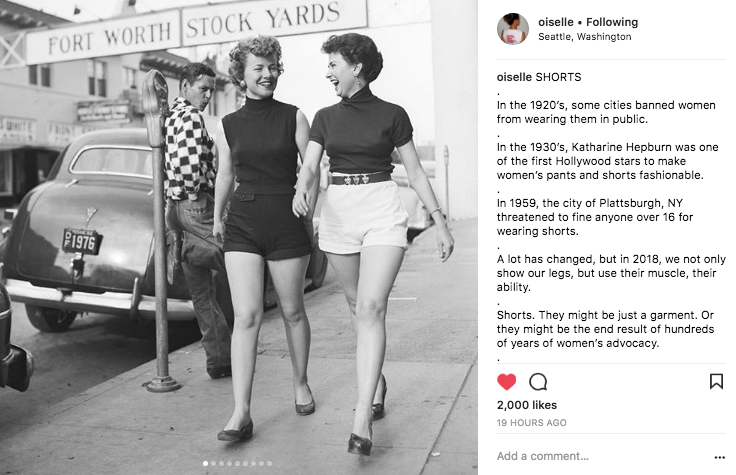
In 1987, Congress declared March as National Women’s History Month.
That same year, Jean Kilbourne presented a lecture titled “Still Killing Us Softly – Advertising’s Image of Women.” This was an extension of her original lecture, which was turned into a documentary in 1979. The documentary has since been updated four times.
Her main message is advertising that demeans women has real societal impacts. It can affect how women view and value themselves, and how men view and treat women.
I didn’t know these events happened in the same year until I sat down to solidify this week’s blog post topic. Does it seem strange to anyone else that in the same year we proclaimed women’s history month, we were also discussing how advertising messages are “killing us?”
These conflicting events seem to serve as a metaphor for the conflicting messages girls hear growing up.
Be independent, but you should have a boyfriend. Have an opinion, but don’t talk too loud. Be athletic, but still slender. Let’s celebrate women’s history, but you only really have value if you look and act a certain way.
Changing Health and Fitness PR Messaging is Our Responsibility
Thirty-nine years after Kilbourne’s original documentary, we unfortunately still see messages in advertising, especially in health and fitness ads, that perpetuate certain ideals.
It doesn’t have to be this way.
Despite the relevance of Kilbourne’s message, some companies and individuals are choosing to change the dialogue. For instance, Aerie features untouched models in their lingerie and swimwear ads.
Women leaders in the advertising world are banding together to end workplace discrimination and harassment through an initiative called Times Up Advertising. A group of more than 180 top-execs signed a letter kick-starting the effort. Their mission is to “drive new policies, practices, decisions, and tangible actions that result in more balanced, diverse, and accountable leadership; address workplace discrimination, harassment, and abuse; and create equitable cultures within our agencies.”
In the design world, when Katherine Young saw a side-by-side comparison of the cover of Girls’ Life next to the cover of Boys’ Life she was infuriated. She gave Girls’ Life a major facelift by replacing everything that reinforced gender biases.

Posted with permission by Kathryn Young.
If you’re a health and fitness brand, I think you have a responsibility to help change the dialogue. You can prove guilt and shame aren’t the only appeals that drive business results.
I urge you to flex your creative muscles and get beyond the “bikini body” promise. Choose to use health and fitness PR messaging that empowers the women in your audience.
Empowering Health and Fitness PR Messaging
Oiselle, a Seattle-based running attire company, is leading the pack.
While its core product is running gear, it’s a company with a greater purpose. Oiselle is working to change the perception of who can identify as a runner. The company wants women to know that all body-types, speeds, and abilities are welcome in the running community.
This message infuses Oiselle’s content marketing and outreach efforts.
In January 2018, to launch their new product line, Oiselle hosted a Runway Slam. Instead of models strutting down the runway, 20 women performed a spoken word or music piece.
These excerpts from Outside Online Magazine’s article, sum up the event’s purpose perfectly:
“Now, by combining a preview of its new gear with stories about women and running, Oiselle aims to put a broader lens on how female athletes are pegged by their physical presentation. ‘Stories are how our brains are wired to explain the world. But from a very young age, we’re also fed stories that construct what it means to be a woman,’ Bergesen says. ‘Wouldn’t it be cool to continue to redefine those stories?’
There are often tangled lines between what women wear and say and how they’re perceived, and Bergesen says that’s particularly true for female athletes, whose value is often tied up in their bodies. She decided to frame this year’s fashion show as a performance to underscore the ways that clothes can make you feel powerful.”
How awesome is that! Sally Bergesen, Oiselle’s founder and CEO, is determined to redefine what it means to be a runner.
To further empower female athletes, Oiselle had a blog section dedicated to body image and frequently features body-positive messages on social media. Take this for example:

Oiselle’s efforts are inspirational and provide a great example to follow.
They acknowledge historical (see example below) and mainstream messages are harmful and are willing to step out with a different approach. They’re helping shift perceptions within the running community and the advertising industry at large.

How You Can Change the Dialogue
As a health and wellness brand, your messaging word choice matters. It could uplift and inspire, or send someone into a shame spiral. Which will you choose?
Instead of reminding your clients that Spring Break is coming up, how about encouraging them to try a heavier weight than last week?
Words matter. What you say, verbally and written, can affect the psyche of your clients and their sense of self-worth.
If you’re looking for a place to start, I detail some specific tactics in this post about health and fitness PR messaging alternatives.
Women’s Empowerment Month
With more than half of Women’s History Month left, why not use this as an opportunity to integrate some empowering messages into your Instagram feed or next fitness class?
Thirty-nine years have passed, and Kilbourne’s message is still relevant. We’ve improved, but there’s always room for growth. Let’s not let another 39-years pass without making some strides in the right direction.


